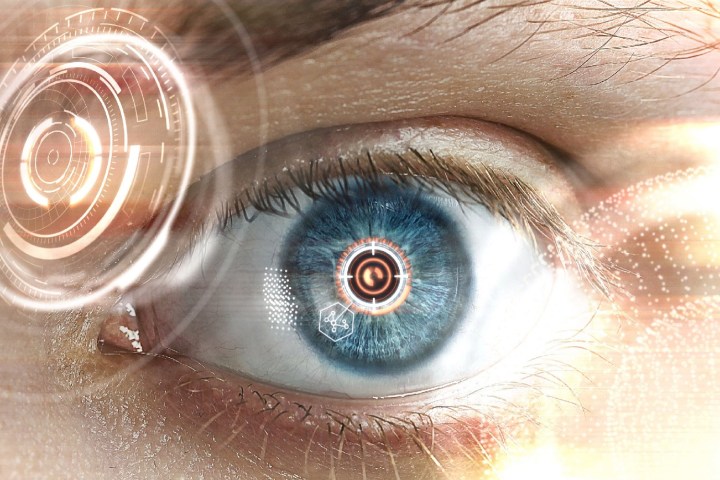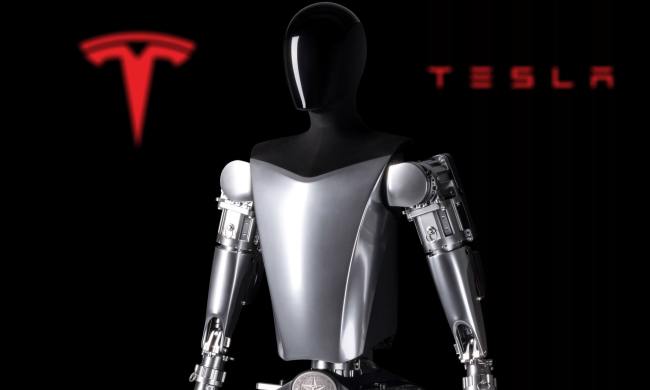
While there is currently no cure for Alzheimer’s, early diagnosis can be crucially important for sufferers. It allows them to access the appropriate medical and support services sooner, and formulate plans for care, as well as legal and financial matters.
Early diagnosis of Alzheimer’s hasn’t always been possible. For decades, the only 100 percent accurate way to diagnose Alzheimer’s was to study a patient’s brain after they had died. Today, physicians use a combination of methods to diagnose the disease — including medical history, analysis of a patient’s mood and mental status, physical and neurological exams, and brain imaging and blood tests to rule out other possible causes of the symptoms.
A new breakthrough from researchers at Cedars-Sinai Medical Center, USC, UCLA, and other institutes may help make diagnosis much more straightforward. What the researchers have discovered is that Alzheimer’s disease affects the retina of the eye in a similar way to how it affects the brain. This means that an eye scan could be used to detect key signs of Alzheimer’s long before patients experience any noticeable symptoms.
The results, published in the journal JCI Insight, were based on a clinical trial involving 16 Alzheimer’s disease patients.
“Since the retina is a central nervous system organ directly connected with the brain, it was exciting to demonstrate the feasibility of detecting amyloid plaques — early signs of Alzheimer’s disease — noninvasively, inexpensively, conveniently, and with unprecedented details via retinal imaging in living patients,” Maya Koronyo-Hamaoui, associate professor in the departments of Neurosurgery and Biomedical Sciences at Cedars-Sinai, told Digital Trends.
Koronyo-Hamaoui notes that, at present, this is still an investigational imaging system and will need to go through Food and Drug Administration approval. “It is hopefully going to be available to patients in the near future, and now it is available as part of large clinical trials,” she said.
Between this and other initiatives using tools like machine learning to make early diagnoses,we’re entering a new era for Alzheimer’s research. Let’s hope that a cure is next!


